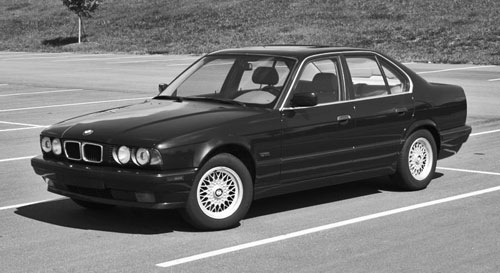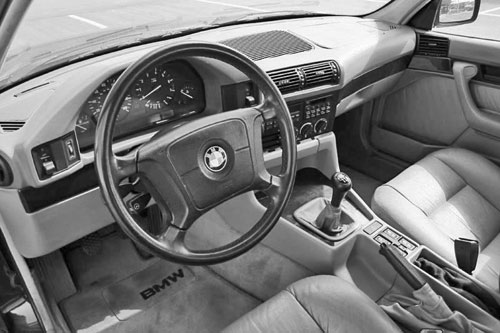How To Photograph Your Car

Let’s get a few disclaimers out of the way:
- I am not even remotely a professional photographer.
- These are my general rules of thumb for descriptive (but not necessarily dynamic) car photography. In other words, if you want to communicate the most about your car on an online forum or in a for sale ad, these guidelines should be useful. If you’re gunning for the cover of Super Street, move along.
- I have broken each of these rules many, many times over the years of photographing cars.
That said, in no particular order, here are a few procedural steps and goals I bear in mind when wielding my DSLR:
- Get the whole car in the frame. This seems obvious, but I’ve seen so many Craigslist ads and eBay listings with half the car in the image I feel obligated to include it.
- Avoid midday sun. Light shade is best. Bright overhead light tends to shade the wheel wells and deemphasize the wheels. If you must shoot in bright light, position the car so the sun is at your back so the shadows fall away from the car.
- Contrast with the background. Don’t shoot a white car against a snowdrift, a green car in a grassy field or a black car at night. Be aware of the background and how its busy-ness or simplicity interact with the shape of the car in the foreground.
- Telephoto lens is best. Avoid the “fisheye” look. To communicate accurately the car’s proportions, you’ll want to back away and zoom in as far as you can. This can make getting a steady shot more difficult, especially if lighting isn’t optimal, so consider using a tripod.

- Front and rear 3/4 shots convey the most about the car in a single image. You get the front or rear impression, the car’s profile, proportions and stance all in one photograph.
- Turn the wheels perpendicular to the line of the shot. This is a subjective preference, but I feel strongly turning the wheels 45° or so away from the camera give the car a more dynamic presence that it would otherwise have, and can also help mask (though not eliminate) unsightly wheel-to-fender gap.
- Wash and clean out the car. Again, a rule of thumb that should be obvious, but I can’t remember how many dirty, filthy interiors I’ve seen on Craiglist and eBay. It’s basic, really.

- Use wide angles for interior shots. Wide angles match the natural tendencies of our eyes when in enclosed spaces like a car’s interior. I like to include at least one shot of the steering wheel, dashboard and console area front the exact spot my head would be if I were driving.
- For post-processing in Photoshop or Photoshop Elements, three dialogs are going to be key: Levels, Photo Filter and Shadows/Highlights. Here’s what I do when I get an image file into Photoshop: Resize as necessary. Open up the Levels dialog and move the sliders inward to eliminate any flat spots at the ends of the histogram. That done, I fire up the Photo Filter panel and “neutralize” the image, cooling it if it looks too warm and vice versa. Lastly, I play with the sliders in the Shadows/Highlights dialog to optimize the exposure. Most of the time, after all that’s done, I’ll have a very presentable image.
